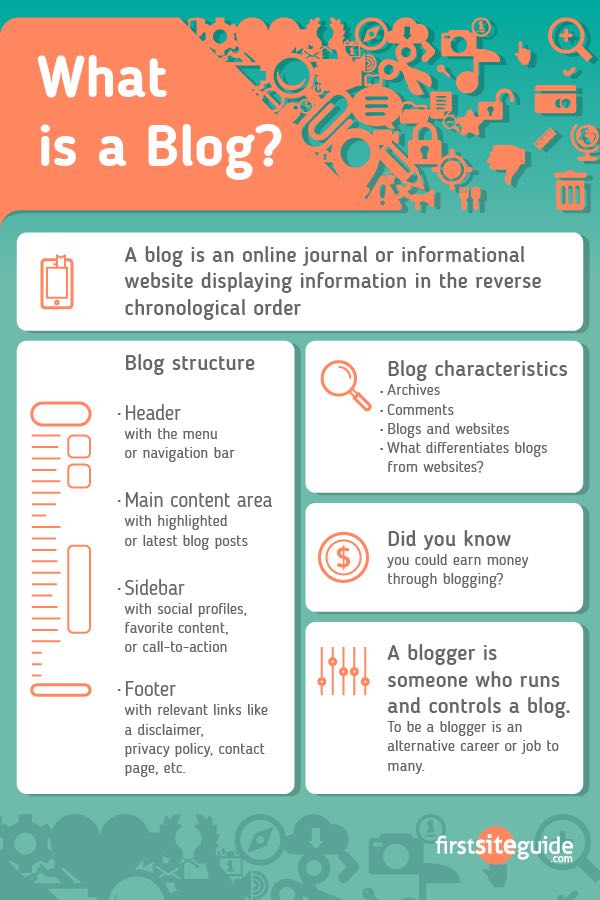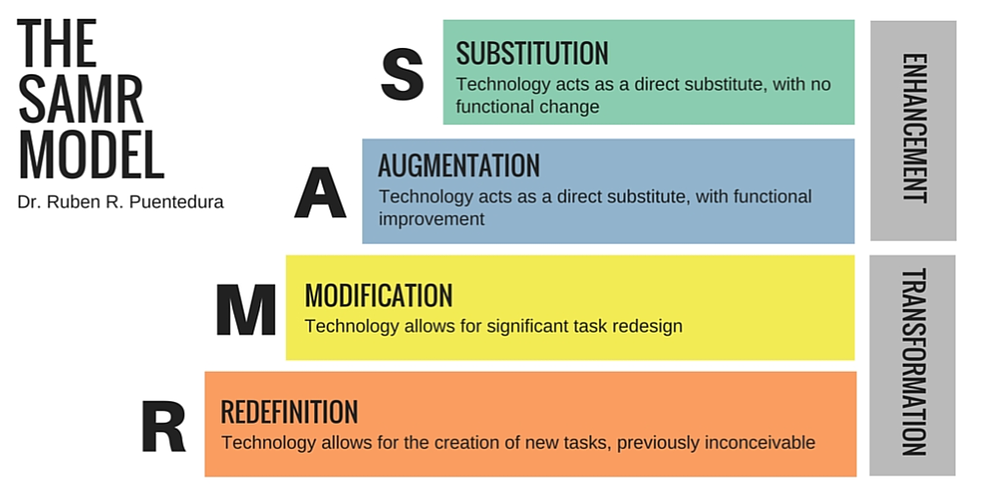A challenge to your beliefs
You as a contemporary teacher?
To what extent is it reasonable to conclude that if you are not experiencing positive or negative emotions about the materials and activities in any learning experience, that you are potentially disinterested or not motivated? DIscuss in relation to your first emotional response to the nature of this unit.
Experiencing positive feelings and attitudes towards the learning materials makes me feel happy and positive about my progress. Experiencing negative feelings and attitudes towards the learning materials makes me feel sad and angry with myself and the tasks at hand. This either having a happy or sad emotional outcome. I feel confident and positive about this unit.
Elaborate on your emotions on engaging further with this unit? Positive, negative. Indifferent?
I feel slightly worried with a negative outlook because I need to contribute much of my time to succeed and focus on the materials at hand. However, I love being busy and keeping myself learning at all times.
To what extent do you have the commitment to actively interrogate your emotions, and your beliefs about creative pedagogy (that extends beyond the mere delivery of information to your learners)? How might you be challenged to engage as you enter this unit?
I find it difficult to complete large tasks all at once, so this may be difficult for me however I will work on it and succeed.
Identify your present values and beliefs about ICT in the classroom. Keep it brief and focused.
I would like to keep things efficient, quick and innovative in the classroom, ultimately increasing learning time and involvement.
Your approach to teaching and learning
Passionate, hands on and involved.
Identify any challenges to your current values and beliefs as you enter this unit?
I find it difficult to do large clumps of work, so tackling that is my main challenge.
What experience do you have with ICT in the classroom?
I am someone who has grown up with ICT ever since my first school class. I am very experienced in the ICT industry, which plays a significant role. From a pre-service teacher perspective, many students use pads, laptops, and monitors to further their learning.
Documentation tool
Who is the contemporary learner?
How will the characteristics of our Gen Z learners depicted in the Meet GenZ video define their engagement in the traditional classroom snippet?
The traditional classroom snippet shows a very straight forward, non involved and basic teaching style being delivered to a classroom. This style of teaching does work and can be effective, however when it comes to a more progressive and developing learning environment students wish to be more engaged and involved in their learning. Gen Z are hands on, interested and a group of individuals who aspire to learn and ask questions while doing so. This meaning Gen Z may not benefit from just a traditional classroom environment and it may cause disruptions and outbursts in the classroom.
Referring to the ideas presented by Willis and Robinson, is this level of creativity in evidence in the schools you have attended, both as a student, and as a preservice teacher? Furthermore, is this level of creativity in evidence in your University units? As secondary pre-service teaching students, you will experience a variety of approaches to teaching, learning and course design in your discipline studies. Why were your previous studies presented in that particular way? How could they have been presented?
Yes and No, the creativity and inclusivity is present and very true at the college I attended for my senior education, however it was not at the school I attended for my junior education. This giving me a side by side difference for the creativity and inclusivity different environments and learning criteria can be and how they can affect learning for students. My studies are always looking into hands on, inclusive approached to learning, making sure to look at engagement from a different perspective. I do feel like I could present my thoughts and ideas a little clearer and not try to include so much change at once however I do enjoy tackling a couple ideas at once.
What do you think the implications are of a curriculum that is linear, progressive, aimed at a single learning outcome for the development of both individuals and the society we live in?
A curriculum that is linear and progressive could have many benefits for students learning and engagement as well being it is progressive in engagement and inclusion. However if a curriculum just focuses on the single learning outcome for the student they may lack in group skills and classroom manners. Meaning they may not be as developed in working with groups and different kinds of people. This can be transferred into the outside world not just at school, providing students with people and society skills is extremely important as an educator.
How can ICTs help you in the development of a professional learning network? How are you feeling about this?
ICTs can help me develop learning networks in the future for sure in many different aspects, from personal programs and note taking for kids through to classes and lectured for students. I feel confident in the progression education is making and keen to see where it goes.





